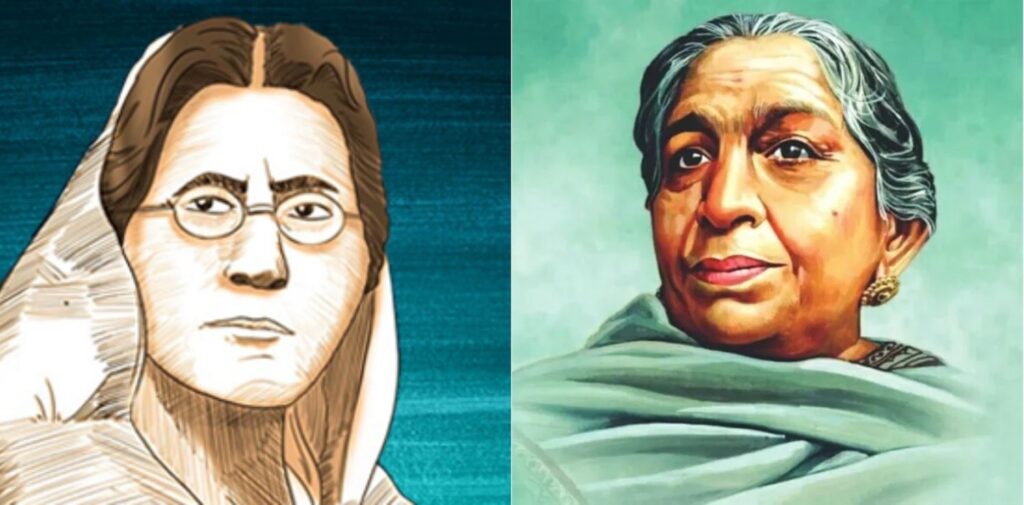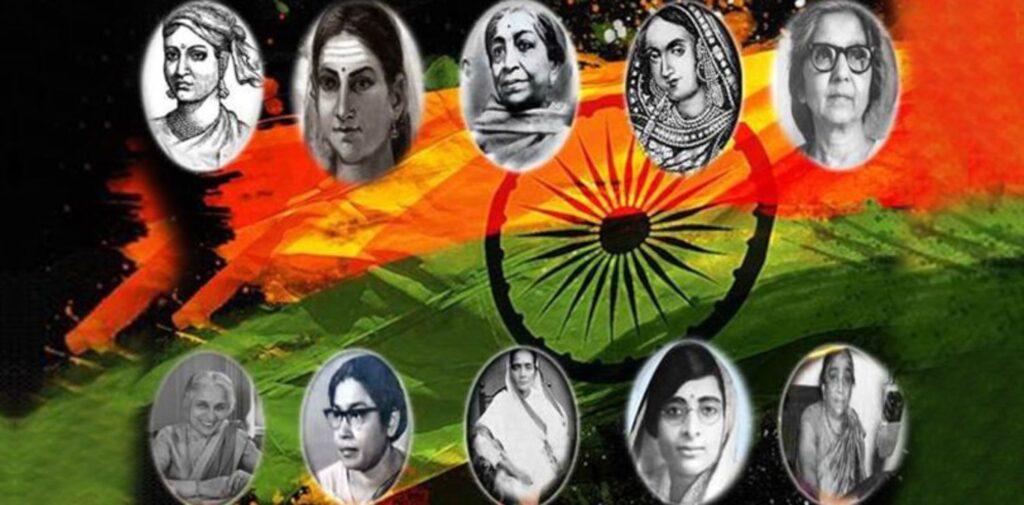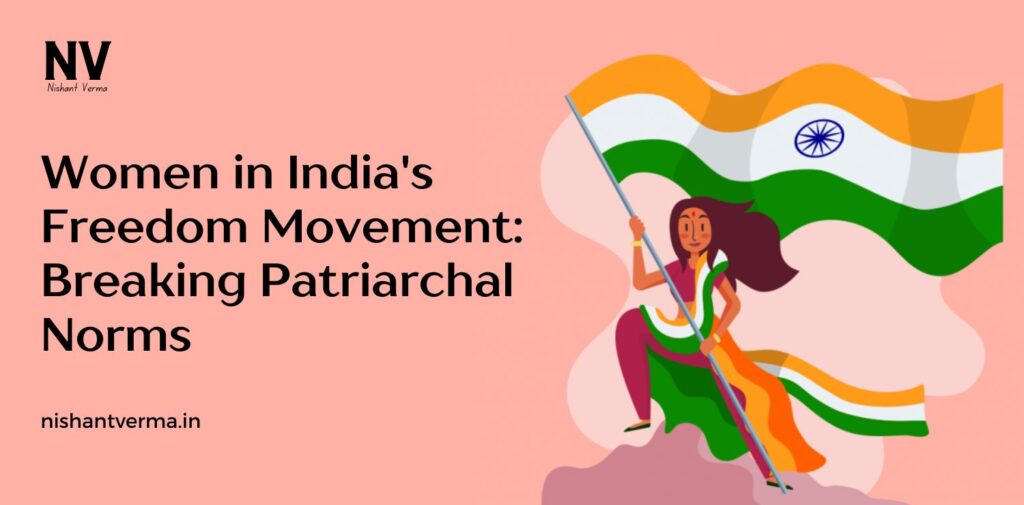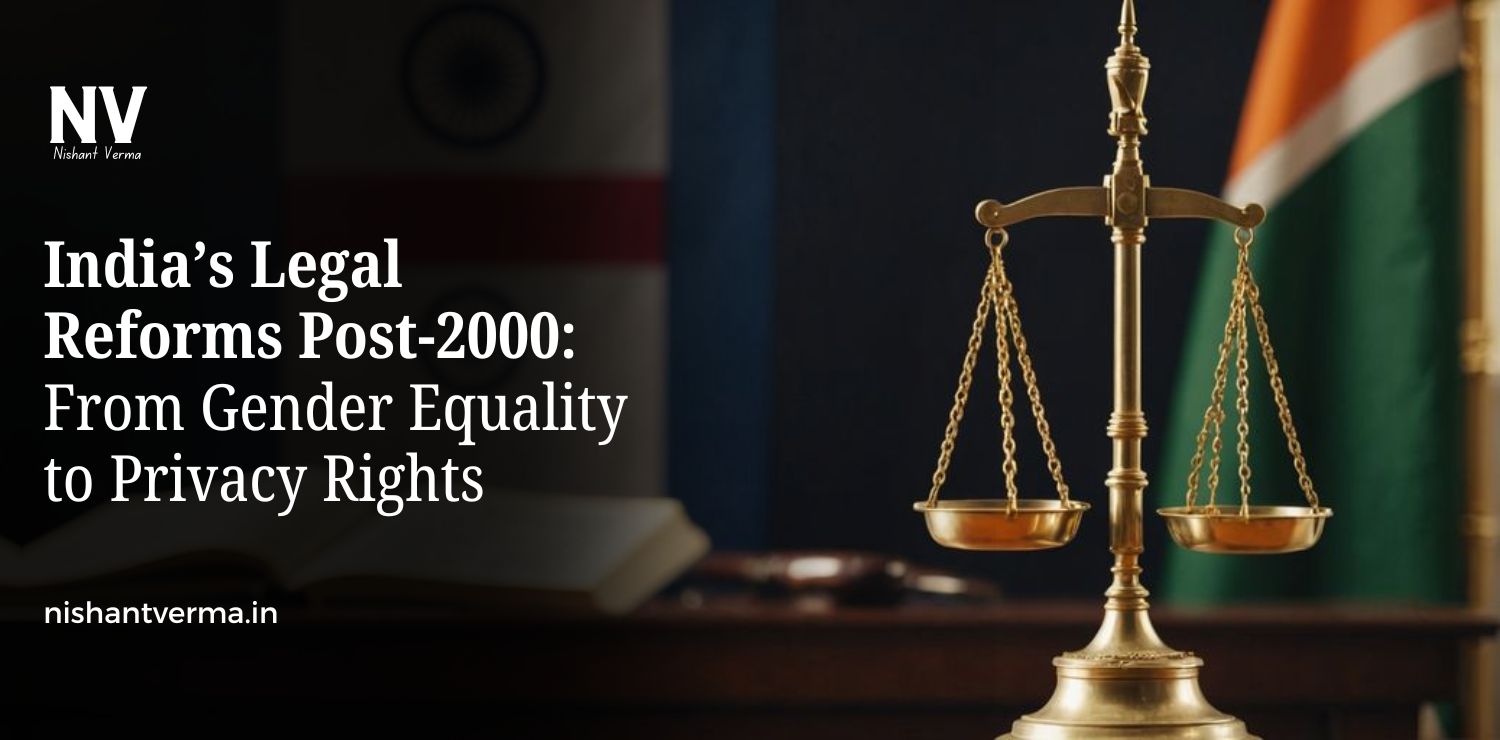India’s freedom movement is often remembered for the prominent male leaders who spearheaded the struggle against British colonial rule. Figures like Mahatma Gandhi, Jawaharlal Nehru, and Subhas Chandra Bose are widely celebrated for their contributions to the independence movement. However, it is essential to recognize the significant and often overlooked role of women who actively participated in the movement and challenged the deeply entrenched patriarchal norms of society. These women not only fought for India’s freedom but also paved the way for women’s empowerment, breaking societal barriers and demanding their rightful place in the national discourse.
In this article, we will explore the vital contributions of Women in India Freedom Movement and how their involvement went beyond the traditional patriarchal roles expected of them in society.
The Patriarchal Context of Early 20th Century India
During the early 20th century, Indian society was deeply patriarchal. Women were primarily seen as caretakers of the home, responsible for domestic duties, child-rearing, and upholding the family’s honor. Education for women was not a priority, and their participation in public life was limited. Social norms and customs dictated that women remain in the background, their voices rarely heard in political or social matters.
However, despite these constraints, many Indian women began to question these gendered expectations, especially as they witnessed the growing national movement against British rule. Women’s involvement in the struggle for independence challenged not only British colonial rule but also the gender norms that limited their agency in society.

Early Participation: The Beginnings of Women’s Political Awakening
The participation of women in India’s political life can be traced back to the late 19th century, when social reform movements began to challenge traditional patriarchal practices. Figures like Raja Ram Mohan Roy, Ishwar Chandra Vidyasagar, and Jyotirao Phule raised important issues regarding women’s rights, education, and social status. These reformers laid the foundation for women’s entry into the political sphere.
Sarojini Naidu: The Nightingale of India
One of the earliest and most influential women in India’s freedom struggle was Sarojini Naidu. She was not just a poet and intellectual but a fierce nationalist who actively participated in the fight for independence. Sarojini Naidu broke several gender barriers during her time. As a woman, she was expected to remain within the confines of home, yet she boldly took to public platforms, delivering powerful speeches against British colonial rule.
Naidu also played a crucial role in the Civil Disobedience Movement and the Salt March, which was one of the most significant non-violent protests against British rule. She became the first woman to become the president of the Indian National Congress (INC) in 1925 and was later appointed the first female governor of an Indian state post-independence.
Kamini Roy and Other Early Reformers
Kamini Roy, a prominent Bengali poet, and social reformer, was another key figure in challenging gender norms. She used her platform to fight for women’s education and social equality. Like many women in the early stages of the freedom movement, Roy believed that the upliftment of women was essential for the overall progress of society. By focusing on education and empowerment, she helped lay the groundwork for greater female participation in the nationalist struggle.
The First World War and the Rise of Women’s Participation
World War I (1914–1918) significantly altered the social and political landscape of India. While men were away fighting on the front lines, women began to take on roles traditionally reserved for men. They worked in hospitals, joined organizations that supported soldiers, and participated in relief activities. This period of increased responsibility for women served as an important turning point, demonstrating that women could be active contributors to society outside the traditional roles.
The war also heightened anti-colonial sentiment, as the British government’s failure to deliver on promises made to Indian leaders during the war led to widespread disillusionment. Women, who had already begun to assert themselves in public life, became more involved in the independence struggle.

Women in the Non-Cooperation and Civil Disobedience Movements
The Non-Cooperation Movement (1920–1922) led by Mahatma Gandhi was a turning point for women in India’s freedom struggle. Gandhi’s philosophy of non-violence and peaceful protest resonated with many women, who saw it as an opportunity to actively participate in the fight for independence without resorting to violent means. Women played a significant role in organizing protests, picketing, and boycotting British goods.
The Role of Women in Salt March
The Salt March of 1930, led by Gandhi, is one of the most iconic events in India’s freedom struggle. This act of civil disobedience, in which Indians protested the British monopoly on salt production, saw the active participation of women from all walks of life. Women like Sarojini Naidu, Kasturba Gandhi, and others participated in the march and subsequent protests, showcasing their willingness to defy colonial rule.
Women also contributed to the movement in practical ways by organizing local protests, helping in the distribution of leaflets, and spreading the message of independence to rural areas. Their involvement in such large-scale campaigns helped create a strong and unified front against British rule.
Breaking Patriarchal Barriers: The Challenges Faced by Women
While women’s contributions to the independence movement were significant, they also faced numerous challenges. The patriarchal norms of society often questioned their place in the public sphere, especially in the context of political activism. Women were not just fighting against colonial rule but also against deeply ingrained social customs that restricted their freedom and participation.
Women who joined the movement were often subjected to criticism and opposition from both their families and society. They faced ridicule for stepping out of their prescribed roles as wives, mothers, and daughters. Despite this, many women persisted, choosing to participate in the freedom movement, often at great personal sacrifice.
The Struggle for Gender Equality
While women made significant contributions to the freedom movement, they also had to fight for their rights within the movement itself. The nationalist struggle, despite its focus on liberty, did not automatically guarantee gender equality. Women had to demand their place in the leadership of the movement and challenge male-dominated organizations like the Indian National Congress.
Leaders like Sarojini Naidu and Kamaladevi Chattopadhyay worked tirelessly to ensure that women’s voices were heard and their roles were acknowledged. They fought not only for the freedom of India but also for the equality and empowerment of Indian women.

The Legacy of Women in India Freedom Movement
The impact of women’s participation in the freedom struggle goes beyond the political achievements of independence. Women like Sarojini Naidu, Kasturba Gandhi, Kamaladevi Chattopadhyay, and many others broke the shackles of patriarchy, making significant strides in the struggle for gender equality. Their involvement in the freedom movement not only contributed to India’s independence but also set the stage for future generations of women to assert their rights in various spheres of life.
The freedom movement provided women with a platform to challenge social norms and demand greater autonomy. Many women who became active in the independence struggle went on to play important roles in post-independence India, contributing to the country’s development and advocating for women’s rights and empowerment.
Conclusion
The women who participated in India’s freedom movement played an essential and often undervalued role in the country’s fight for independence. Through their involvement, they not only challenged British rule but also defied patriarchal norms and demanded a new place for women in Indian society. Their bravery, resilience, and determination to fight for their rights were central to both the struggle for independence and the broader movement for gender equality.
Today, the legacy of these women continues to inspire generations of Indian women who are breaking barriers in every field, from politics to education, from business to social activism. The women who stood up against colonial rule and patriarchal oppression in India’s freedom movement were not just fighting for independence—they were fighting for their rightful place in a free, equal, and democratic India.




